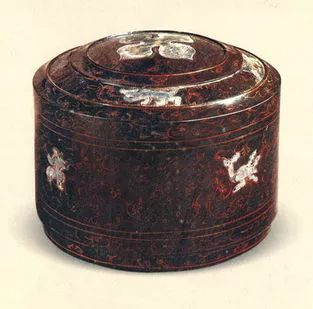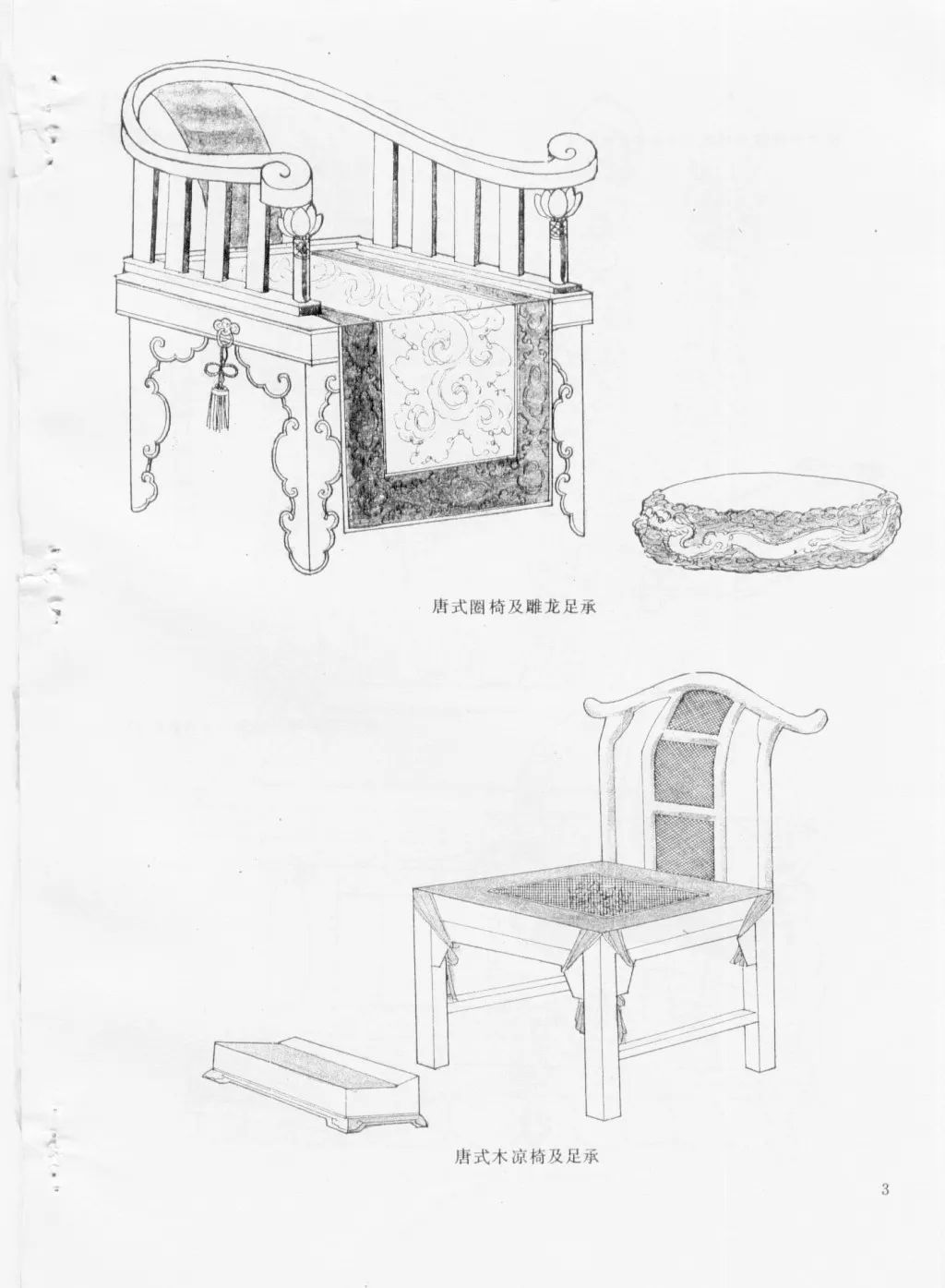Talk about the development history of Chinese furniture

Furniture, as a daily necessity, has a long history in China. With the development of the times, Chinese furniture has gradually evolved from the simplest primitive prototype to a highly mature form of practicality and aesthetic value, and each elegant and exquisite piece of furniture has condensed the noble aesthetic taste and aesthetic ideals of the Chinese nation, occupying an important position in the treasure house of human culture. So how has Chinese furniture developed and evolved in the history of 5,000 years in China?
 ▲ Wang Shixiang's old Tibetan Nanguan hat chair
▲ Wang Shixiang's old Tibetan Nanguan hat chair


▲Spring and Autumn Warring States Cloud Pattern Copper Ban
During the Spring and Autumn period, handicrafts developed, the social division of labor was more detailed, and the types of furniture continued to increase. This period appeared furniture such as hangers, hangers, cabinets, boxes, desks, and low beds surrounded by railings. The lacquer (xiū) process had matured at that time, using lacquer to protect furniture, decorate furniture, and extend the life of furniture. Therefore, to this day, we can still see furniture artifacts that were well preserved by lacquer at that time.

▲ Han Dynasty, painted silver flat shed

▲ Tang Dynasty · "Beauty in Hufu"
The period of the Wei, Jin, Southern and Northern Dynasties was a period of turmoil and war in Chinese history, as well as a period of cultural exchanges and integration between the northern and southern ethnic groups. This exchange influence had a significant effect on the thought and cultural life of the time.
With the advent of the Hu bed, the emergence of high-shaped furniture such as square stools, round stools, corset stools and backrest chairs with armrests is an important symbol in the history of Chinese furniture. At this point, the furniture began to develop from low to high. In addition, due to the prevalence of Buddhism at that time, the style of kettle doors appeared on furniture.

▲Tunic waist, kettle door
The Sui and Tang dynasties were an important period when Chinese furniture matured. Politically enlightened, economically prosperous, cultural eclecticism, people's speaking habits also changed, and sitting with feet down became the mainstream fashion at that time, which promoted the development of high-end furniture, from the Dunhuang murals we can see benches, round stools, square stools, armchairs, backrest chairs, circle chairs and other furniture has become common. Therefore, the high-profile table case also came into being. At this time, in terms of furniture shape, most of them are large, ornately decorated and rich in techniques.

▲Tang-style circle chair and Tang-style wooden chair (Tang dynasty chair is not with a tube foot, because it has a foot bearing)
▲Collected in Japanese Shoin Tang-style furniture (large body, brass legs)
The Song Dynasty was an important turning point in the history of Chinese furniture, with furniture varieties and styles almost complete, and more exquisite production techniques. People have completely changed to sitting on their feet, low furniture has been gradually eliminated, and high furniture is widely popular. The construction industry of the Song Dynasty is extremely developed, the large wooden beam frame structure of the building is adopted by furniture and goes hand in hand with the hundreds of years of pot door structure, Song style furniture also attaches importance to the detailed treatment and decoration of furniture, and began to use decorative line feet, waist and horseshoe feet.
In furniture before the Song Dynasty, the relationship between function, structure and decoration was to some extent separate, that is, decoration was attached to the structure of the furniture; In the Song Dynasty, it tended to express the beauty of the structural parts of furniture, and there was a trend of integration of various design elements, which laid the foundation for the advent of the peak of Ming-style furniture art.

▲ Song Dynasty furniture opened elegant Ming-style furniture
The Ming Dynasty was another era of stability, prosperity and power in Chinese history, known as the afterglow of Chinese feudal society. At that time, the rise of humanism, the prosperity of the market economy, and the rich and rich market life were indirect factors for the achievement of Ming-style furniture art.
The rise of the climax of garden construction in the city, the developed overseas trade has brought a large number of high-quality hardwood, the production technology has been greatly improved, and the aesthetic ideas and aesthetic taste that attach importance to personal feelings are the direct reasons for the peak of Ming-style furniture art.
Therefore, Ming-style furniture is more perfect and condensed than Song Dynasty furniture in terms of material selection, structure, construction, decoration, etc., and in terms of the relationship between furniture and the environment, Ming-style furniture has developed a complete set of furniture suitable for different environments such as books, halls, and bedrooms.
Ming-style furniture has broken through the narrow concept of single piece furniture, and has the overall design consciousness from single piece to combination, from part to whole and even the entire space environment. Ming-style furniture has become an important part of interior decoration and environmental design, and reflects the overall style of Ming-style furniture through the interrelationship between furniture and the environment.

▲Ming-style circle chair

▲Art League Yum Zambia Blood Sandalwood Circle Chair Coffee Table Three Pieces
The furniture of the early Qing Dynasty directly inherited the traditions of the Ming Dynasty, and the style was not much different from the Ming style furniture. However, in the Yongqian period, it began to move towards homogeneous and ingenious decoration, thus forming another mainstream style of traditional Chinese furniture - Qing-style furniture.
The craftsmanship of Shangqing-style furniture has been perfect, from the connection of components to the description and decoration is not inferior to the Ming Dynasty, and has developed. However, with the increase of social prosperity and the strengthening of the hierarchical etiquette system, furniture deviated from practicality, reflected in a kind of mannerism kitsch and strange carving, and gradually lost the simple, quaint and natural artistic charm of Ming-style furniture. Stylistically, it resembles the Rococo style of the Western contemporary. However, in terms of the entire history of Chinese furniture, Qing-style furniture also has an important position.

▲Qing rosewood boxwood armchair
Throughout the history of furniture development, each period of different furniture style is different, and in its own history continues to develop, change, with the deepening of cultural exchanges in different regions, furniture design also with the progress of the times, cultural development, and people's thinking is changing day by day, a variety of novel ideas, style will also develop diversely.




Some of the graphic information comes from the Internet, if there is any infringement, please inform us, we will immediately delete the relevant content














First, please LoginComment after ~